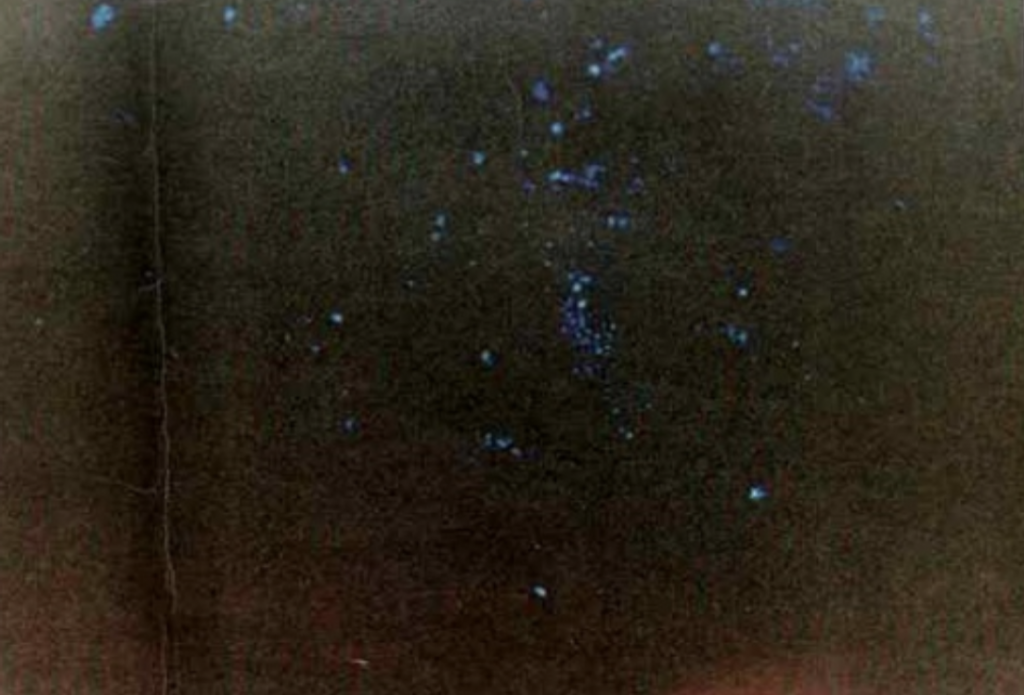
Blood is not always visually detectable. While gathering evidence, photographs and investigative reports are provided and documented even though NO BLOOD may have been observed in the expected area surrounding the incident. Blood evidence, as fingerprints, may not be visible to the naked eye, requiring a method of blood enhancement to develop its presence. The possibility that blood has been cleaned is always a concern at the scene; however, there are incidents in which blood drops are too minute for visual observation. This typically occurs in shooting incidents where blood is atomized to a mist, due to the velocity. Utilizing a blood enhancement reagent could assist with pinpointing the location where a shooting took place by developing the presence of the atomized bloodstains.
While blood enhancement reagents cannot specifically tell the bloodstain pattern or develop patterns, it can determine the presence of blood formerly ‘invisible’ for the purpose of DNA collection and specific location analysis of an incident.
For more information on accident reconstruction and the blood enhancement reagent, contact Shelly Rice, CSI/Forensic Reconstructionist at [email protected] or (270) 495-0592.








